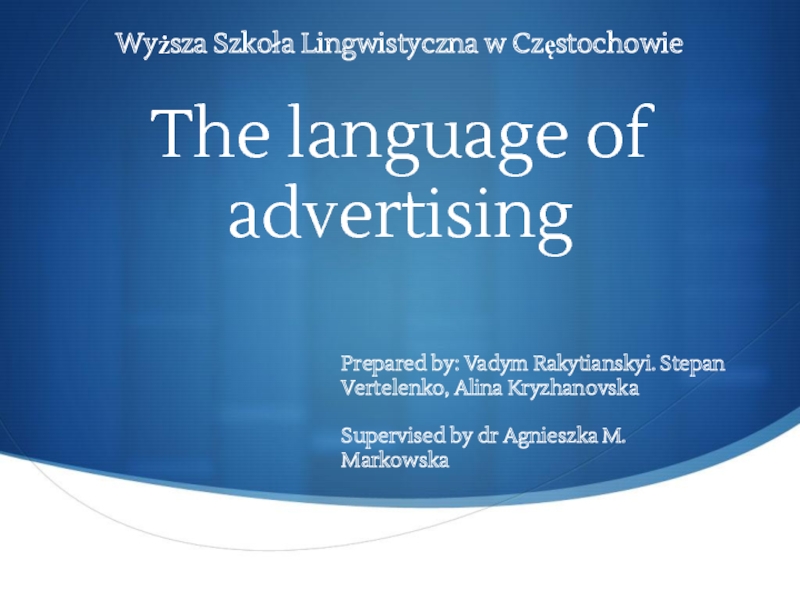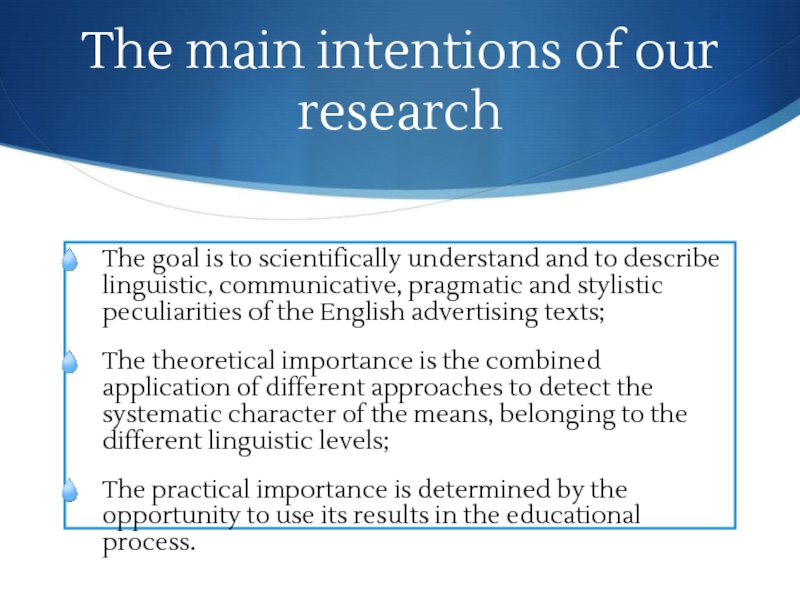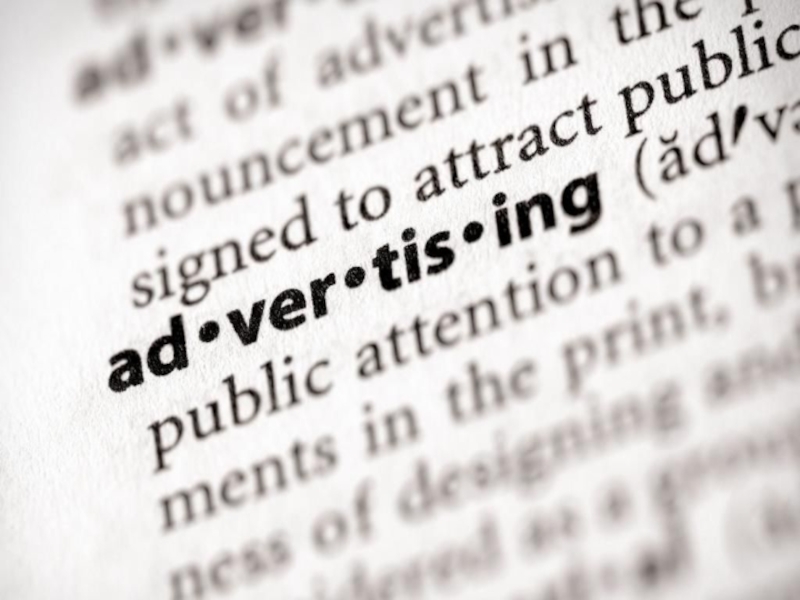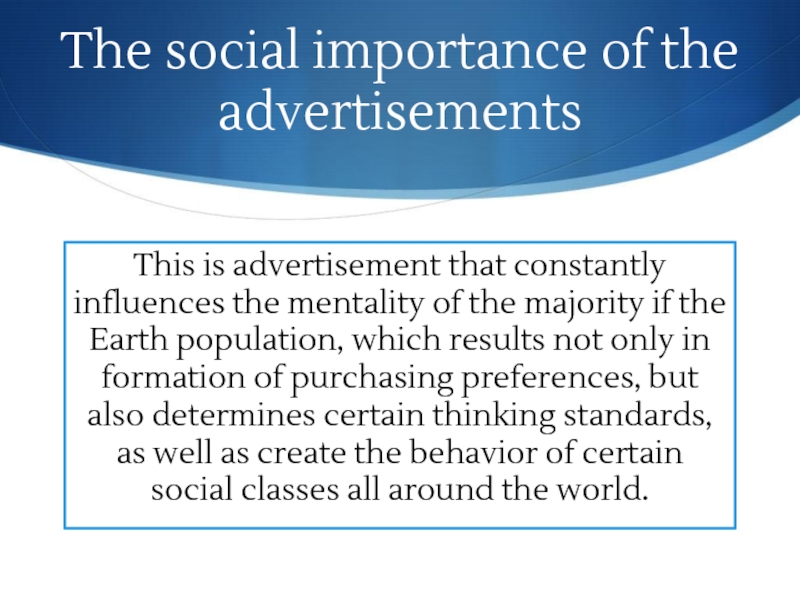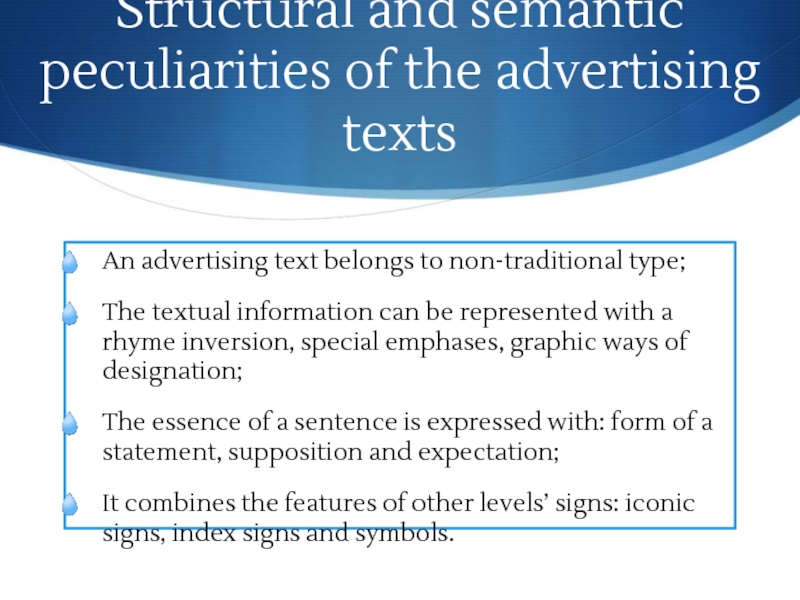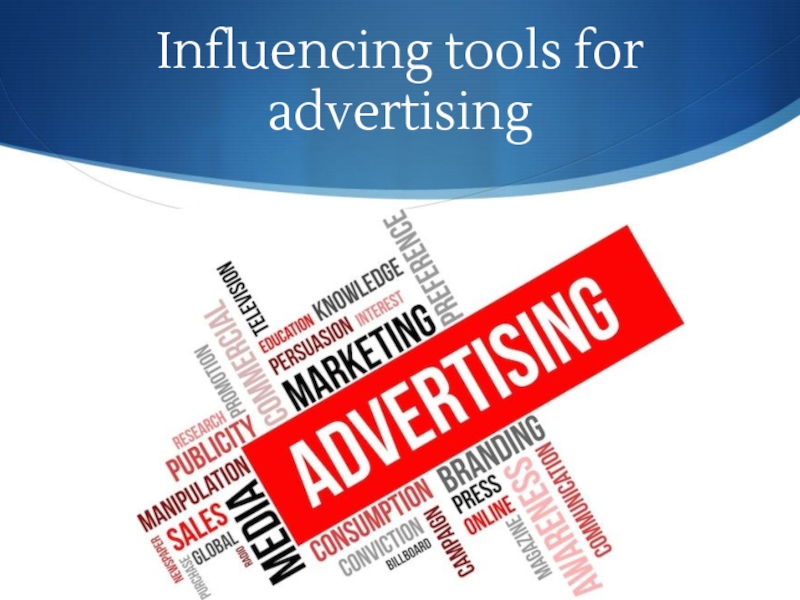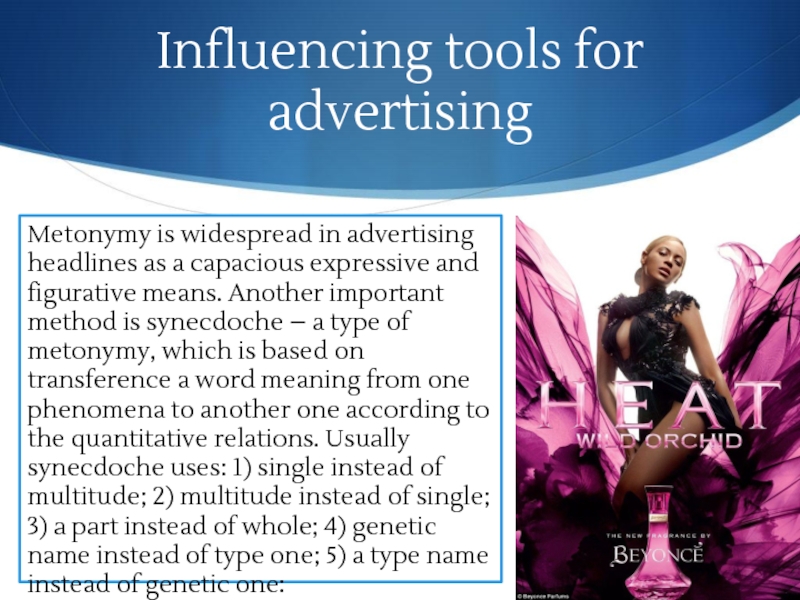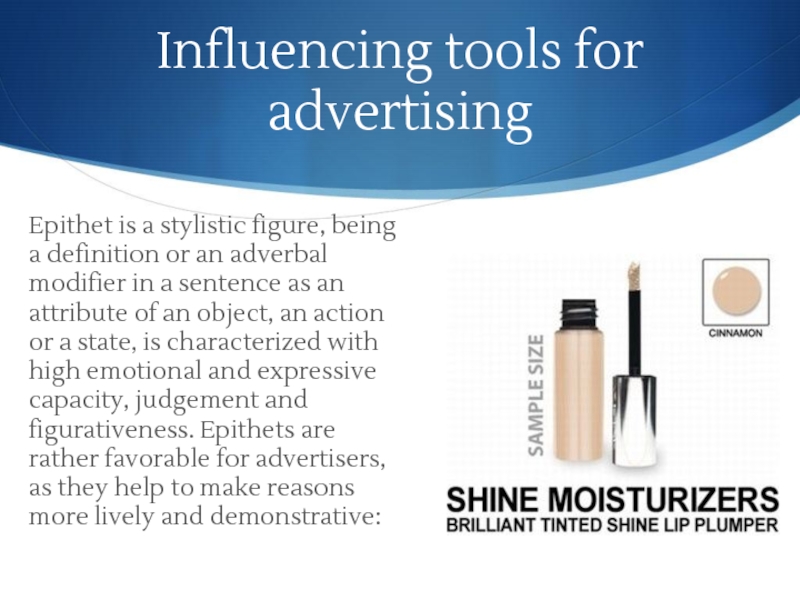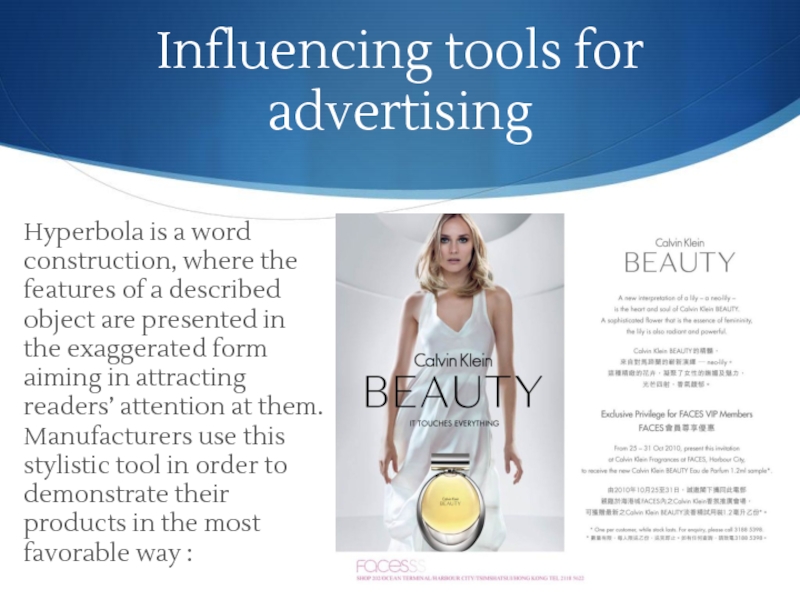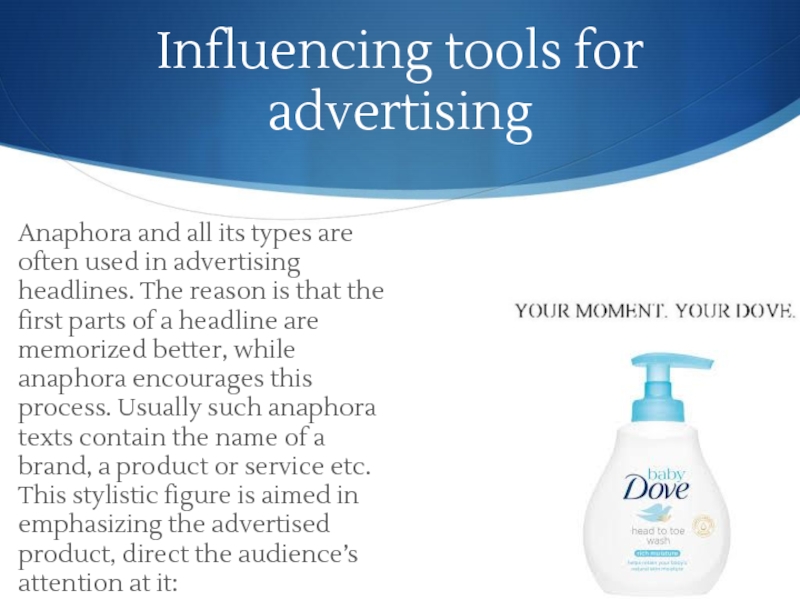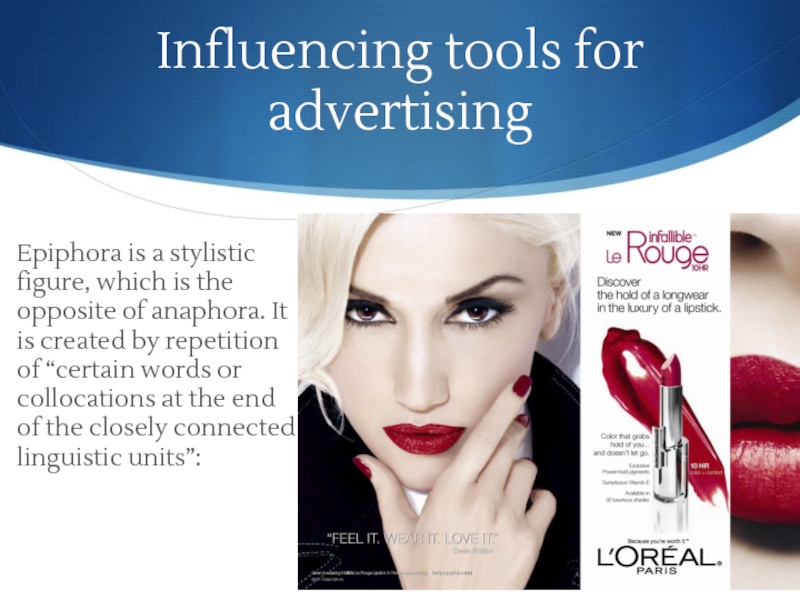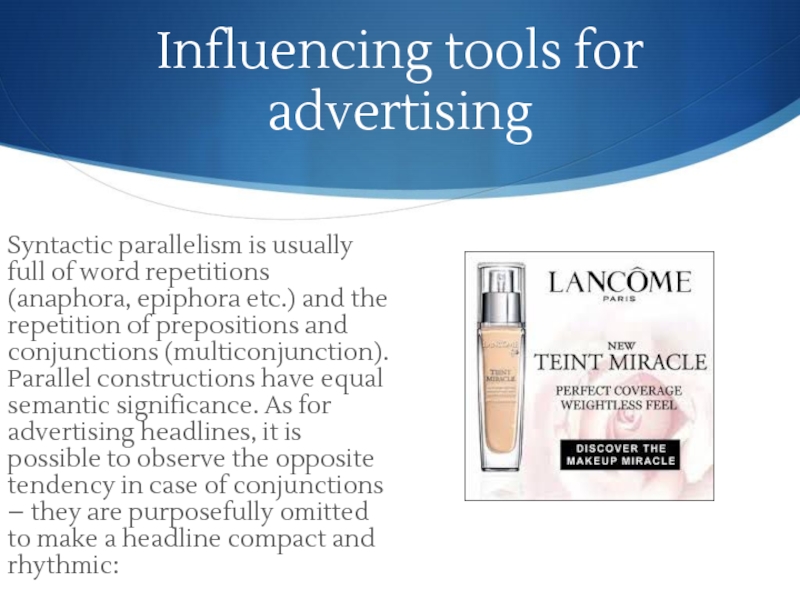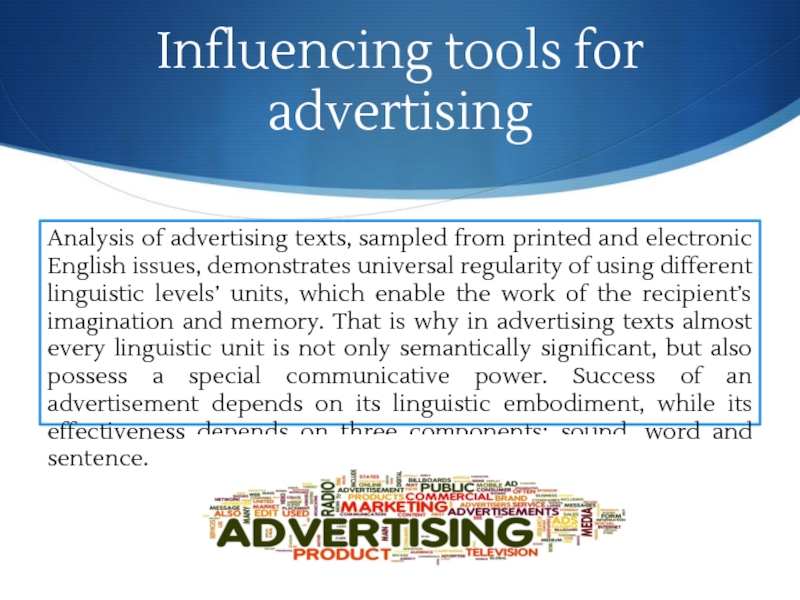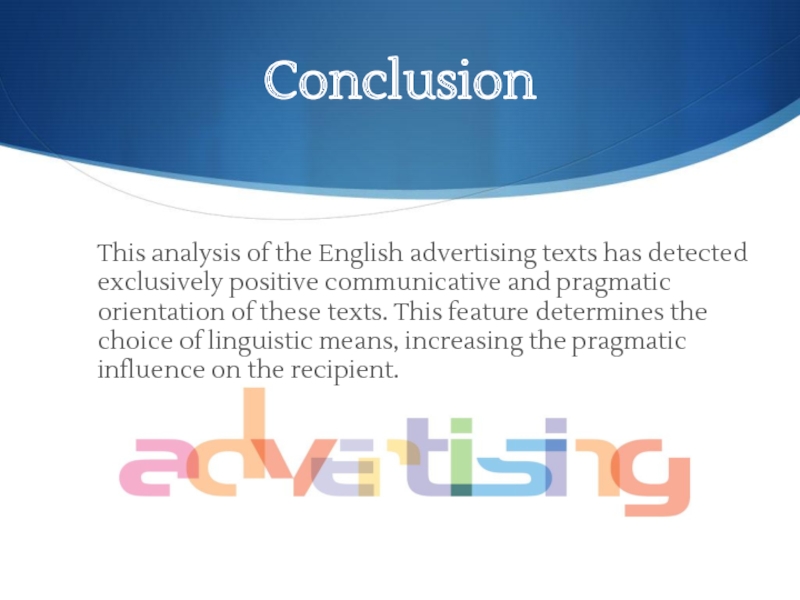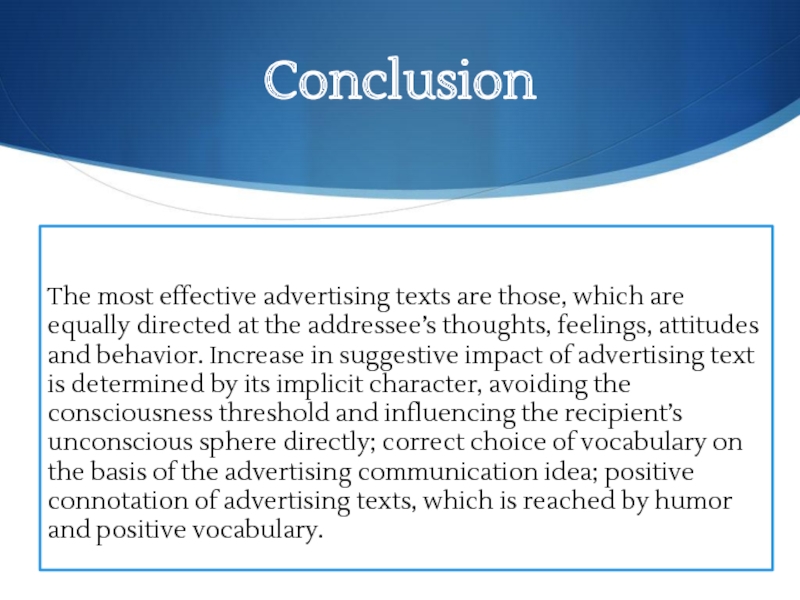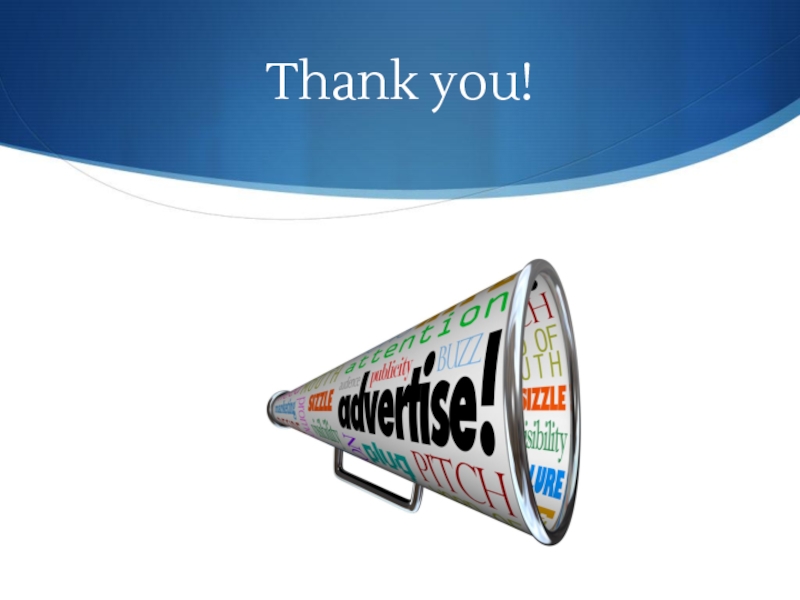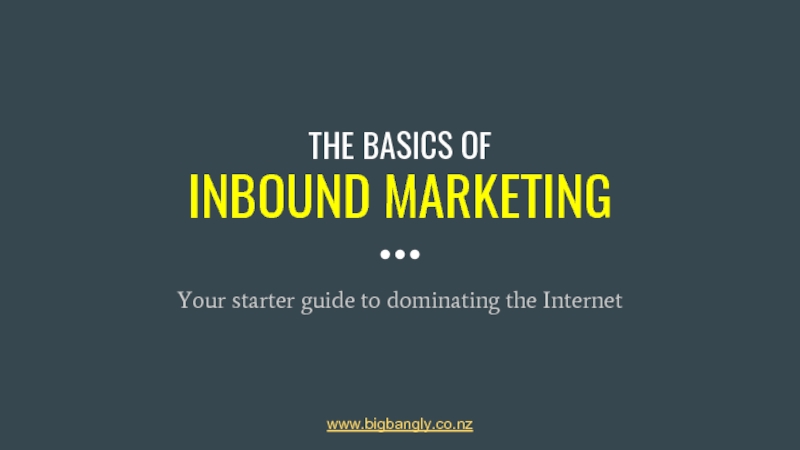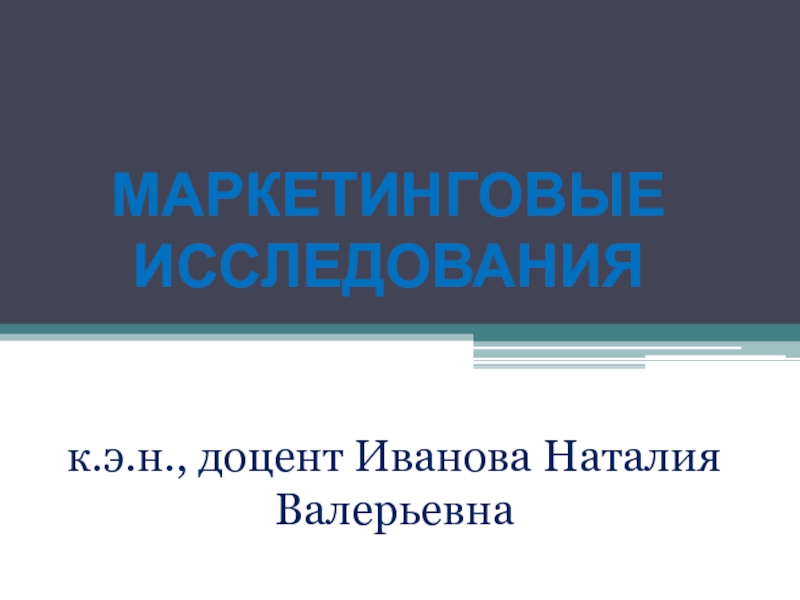Wyższa Szkoła Lingwistyczna w Częstochowie
- Главная
- Разное
- Дизайн
- Бизнес и предпринимательство
- Аналитика
- Образование
- Развлечения
- Красота и здоровье
- Финансы
- Государство
- Путешествия
- Спорт
- Недвижимость
- Армия
- Графика
- Культурология
- Еда и кулинария
- Лингвистика
- Английский язык
- Астрономия
- Алгебра
- Биология
- География
- Детские презентации
- Информатика
- История
- Литература
- Маркетинг
- Математика
- Медицина
- Менеджмент
- Музыка
- МХК
- Немецкий язык
- ОБЖ
- Обществознание
- Окружающий мир
- Педагогика
- Русский язык
- Технология
- Физика
- Философия
- Химия
- Шаблоны, картинки для презентаций
- Экология
- Экономика
- Юриспруденция
The language of advertising презентация
Содержание
- 1. The language of advertising
- 2. The main intentions of our research The
- 4. The social importance of the advertisements This
- 5. Structural and semantic peculiarities of the advertising
- 6. Influencing tools for advertising
- 7. Influencing tools for advertising Metonymy is
- 8. Epithet is a stylistic figure, being a
- 9. Hyperbola is a word construction, where the
- 10. Anaphora and all its types are often
- 11. Epiphora is a stylistic figure, which is
- 12. Syntactic parallelism is usually full of word
- 13. Analysis of advertising texts, sampled from printed
- 14. Conclusion This analysis of the English advertising
- 16. Conclusion The most effective advertising texts
- 17. Thank you!
Слайд 1The language of advertising
Prepared by: Vadym Rakytianskyi. Stepan Vertelenko, Alina Kryzhanovska
Supervised
Слайд 2The main intentions of our research
The goal is to scientifically understand
The theoretical importance is the combined application of different approaches to detect the systematic character of the means, belonging to the different linguistic levels;
The practical importance is determined by the opportunity to use its results in the educational process.
Слайд 4The social importance of the advertisements
This is advertisement that constantly influences
Слайд 5Structural and semantic peculiarities of the advertising texts
An advertising text belongs
The textual information can be represented with a rhyme inversion, special emphases, graphic ways of designation;
The essence of a sentence is expressed with: form of a statement, supposition and expectation;
It combines the features of other levels’ signs: iconic signs, index signs and symbols.
Слайд 7Influencing tools for advertising
Metonymy is widespread in advertising headlines as
Слайд 8Epithet is a stylistic figure, being a definition or an adverbal
Influencing tools for advertising
Слайд 9Hyperbola is a word construction, where the features of a described
Influencing tools for advertising
Слайд 10Anaphora and all its types are often used in advertising headlines.
Influencing tools for advertising
Слайд 11Epiphora is a stylistic figure, which is the opposite of anaphora.
Influencing tools for advertising
Слайд 12Syntactic parallelism is usually full of word repetitions (anaphora, epiphora etc.)
Influencing tools for advertising
Слайд 13Analysis of advertising texts, sampled from printed and electronic English issues,
Influencing tools for advertising
